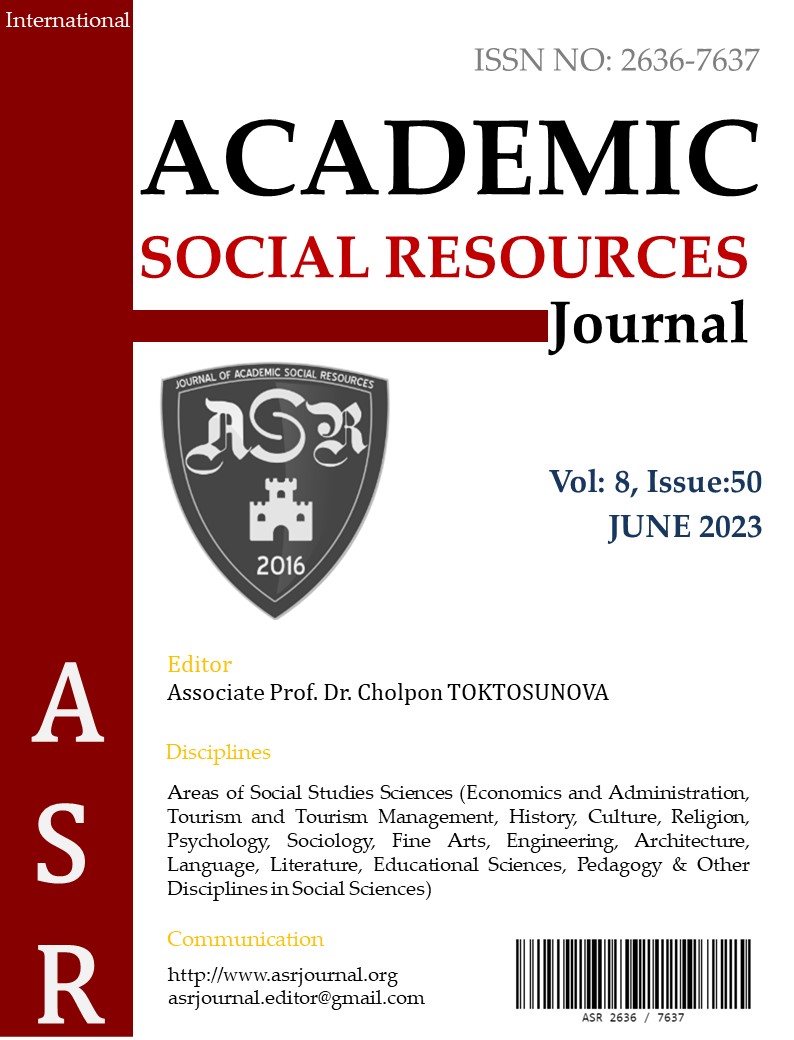Author :
Abstract
Hüseyin Rahmi Gürpınar Türk edebiyatının çok sayıda eser vermiş yazarlarından biridir. Yazdığı 41 roman, 9 hikâye ve 5 tiyatro eserinin temel konusu İstanbul’dur. “Yüzde yüz İstanbullu muharrir ve İstanbul’un muharriri” olarak adlandırılan yazar, eski İstanbul hayatının en büyük tarihçisi olarak gösterilir. Onun eserlerinde İstanbul’un iç mahalleleri ve bu mahallelerde yaşayan halk diğer romancılara göre daha detaylı bir şekilde sergilenir. Hüseyin Rahmi okuru için asıl fırsat, eski İstanbul hayatı kadar, o hayatın içinde şekillenmiş insanların gündelik kaygı, ihtiras ve sevinçlerini bulabilmesidir.
Hüseyin Rahmi’nin eserlerinde mekânsal anlamda İstanbul; girift yapısı, derinliği, sonsuzluğu, gizemi ve hatta masalsılığıyla tıpkı bir orman görünümündedir. Romanlarda eskiler şehri tarif ederek, yeniler tasvir ederek gösterirler. Şehrin eski kuşak sakinleri ile gençleri arasında bir algı farkı oluşmuştur. Bu iki algının kökeninde Batılı modern düşünüş yatar.
İstanbul’u orman metaforunda okuma imkânı veren eski kuşağın şehri algılama biçimidir. Yeni kuşakların modern okullarda okumaya başlaması, elektriğin ve otomobillerin kullanılmaya başlanması şehirdeki bütün zaman ve mekân algısını değiştirir. Hüseyin Rahmi her şeyden evvel kaybolan İstanbul’a ve insanlarına son bakışını atan bir gözdür.
Bu çalışmada Hüseyin Rahmi’nin eserlerinden hareketle orman metaforu ile şehir [İstanbul] arasındaki ilintiler araştırılmış, elde edilen sonuçlarla şehrin o günkü yaşayışına dair izler tespit edilmeye çalışılmıştır.
Keywords
Abstract
Hüseyin Rahmi Gürpınar is one of the many prolific writers of Turkish literature. His 41 books, 9 short stories, and 5 plays all center on Istanbul. The author, who calls himself a "100% Istanbul writer and writer of Istanbul," is portrayedas the finest chronicler of life in old Istanbul. He depicts the inner neighborhoods of Istanbul and the residents of theseareas in greater detail than other novelists. The reader of Hüseyin Rahmi has the true chance to discover the dailyconcerns, passions, and joys of people who were moulded by that life as well as the old Istanbul life.
Istanbul appears to be a forest in Hüseyin Rahmi's paintings because of its complicated structure, depth, eternity, mystery, and even fairytale-like quality. The older novels in the series describe the city, whereas the more recent onesshow them. The city's older generation residents and the younger ones have different perspectives on certain issues. These two perceptions are the result of Western modern thought. Istanbul can be metaphorically read in the forestthanks to the older generation's perception of the metropolis. The introduction of modern education to youngergenerations, together with the usage of electricity and automobiles, has completely altered how people in cities see time and space.
First and foremost, Hüseyin Rahmi is an eye that casts its final gaze over the vanished city of Istanbul and its populace. Based on the writings of Hüseyin Rahmi, this study looked into the connection between the metaphor of the forest andthe city of Istanbul. Using the findings, it attempted to reconstruct the history of the city at the time.





